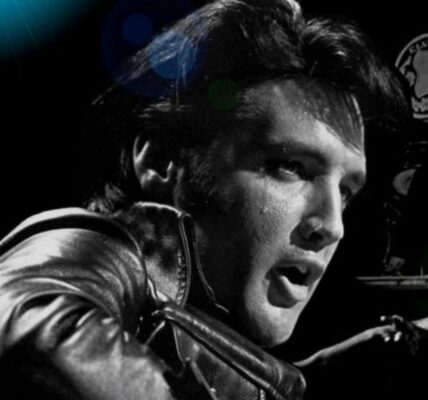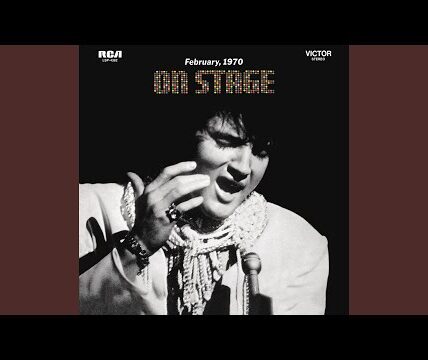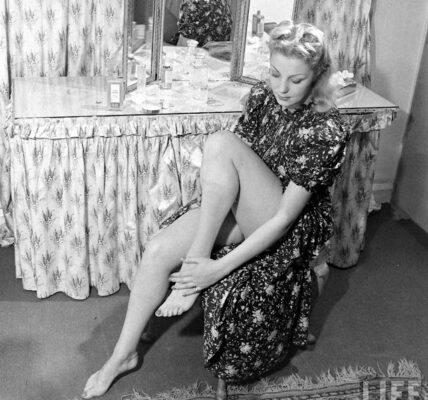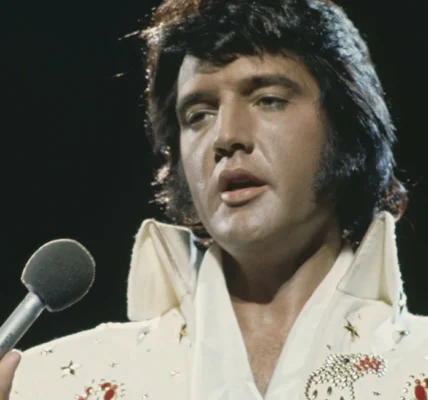The 1964 World’s Fair: A Glimpse into the Future
The 1964 World’s Fair, held in New York City, was a grand showcase of innovation, culture, and technology. Taking place from April 22, 1964, to October 17, 1965, in Flushing Meadows-Corona Park, the fair drew millions of visitors and presented a vision of the future shaped by rapid scientific advancements and global unity.

A Celebration of Progress
With the theme “Peace Through Understanding,” the fair featured over 140 pavilions from 80 different nations, along with numerous corporate exhibits. It provided a platform for showcasing groundbreaking technologies, including early computer systems, color television, and futuristic transportation concepts. Among the most memorable displays was the introduction of the Ford Mustang, IBM’s interactive computer, and AT&T’s Picturephone, which allowed for real-time video communication.
Disney’s Impact and Iconic Exhibits
One of the standout contributions came from Walt Disney, whose innovative “Audio-Animatronics” technology brought exhibits to life. The “It’s a Small World” ride, created for the fair, later became a permanent attraction at Disneyland. Other notable exhibits included General Electric’s “Progressland,” featuring the Carousel of Progress, and the Unisphere, a giant steel globe that remains an iconic symbol of the event.
A Legacy of Influence
Despite financial struggles and controversies regarding its official recognition by the Bureau of International Expositions, the 1964 World’s Fair left a lasting impact. Many of its technological previews, such as space exploration concepts and advances in transportation, became realities in the following decades. Today, remnants of the fair can still be seen in Flushing Meadows-Corona Park, serving as a reminder of an era filled with optimism and dreams of a better tomorrow.

The 1964 World’s Fair was more than just an exhibition; it was a cultural milestone that inspired generations to embrace innovation and global collaboration.




